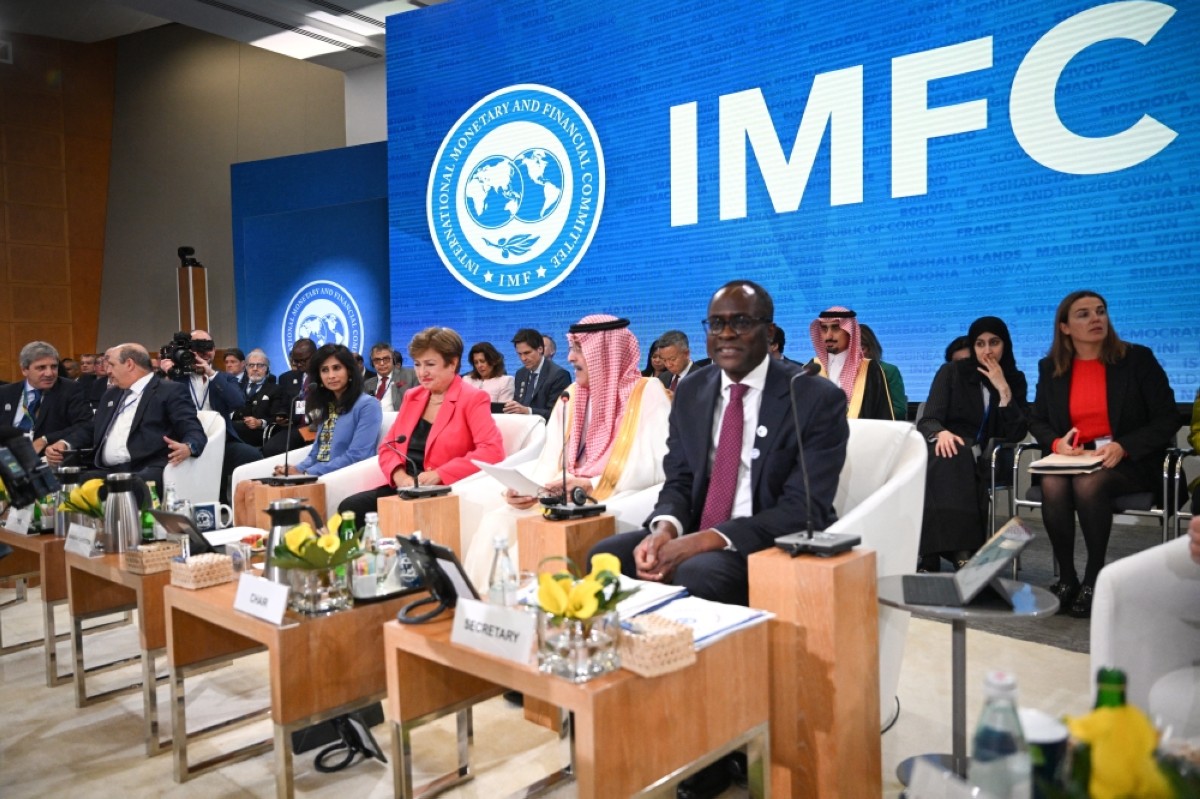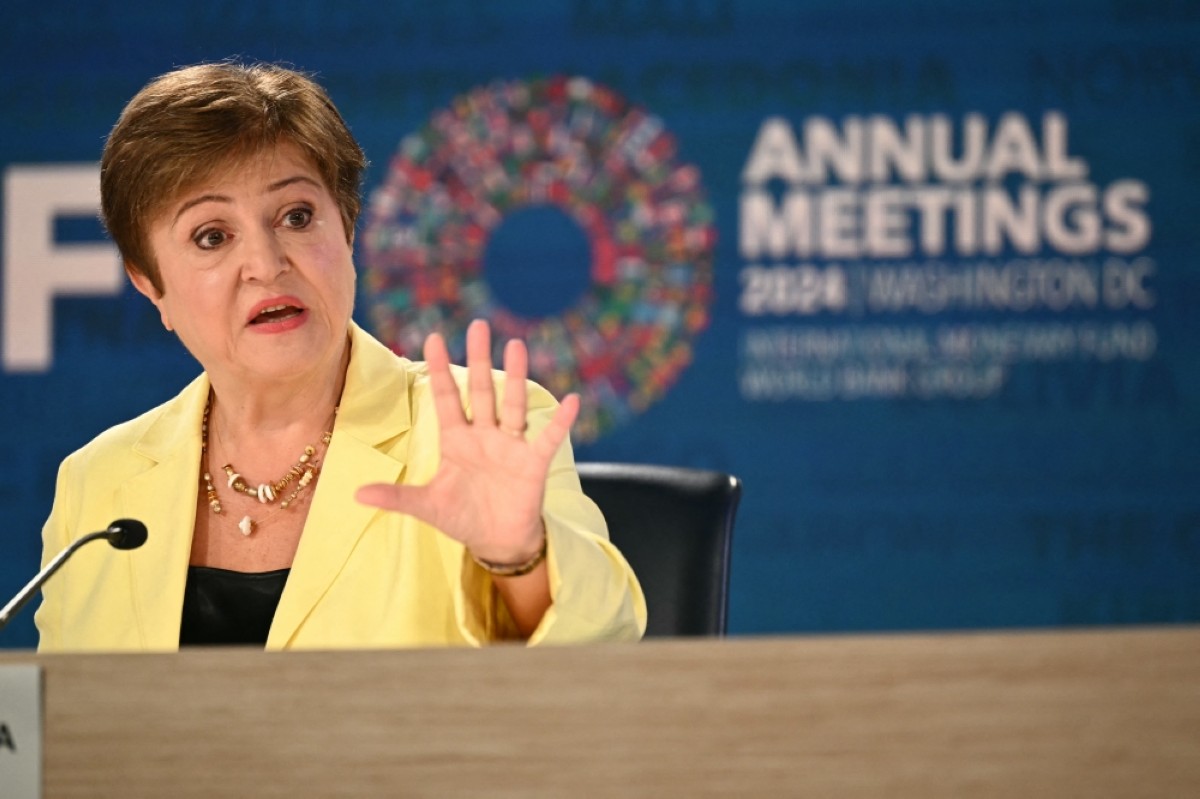Saudi non-oil growth rising on business, investment activity
KUWAIT: Saudi Arabia’s non-oil growth is expected to be steady in 2024 (3.7 percent y/y) before accelerating to 4.2 percent in 2025.
Private sector activity has been robust (+4.2 percent in H124), backed up also by PMI readings pointing firmly to business expansion, and is expected to continue to benefit from positive government reform momentum and expansive fiscal policy, including higher on-budget and PIF investment spending on diversification projects, as well as by falling interest rates.
Recent reforms to simplify and streamline business procedures should help attract greater volumes of FDI going forward, which could play an even more important role in achieving Vision 2030 goals in the context of fiscal pressures resulting from a lower oil prices. Important also to the growth story has been bank credit and especially corporate lending, which were up 9.3 percent y/y and 12 percent y/y in August, respectively.
Implementation of the Saudi National Investment Strategy should further drive output gains in manufacturing, trade and hospitality, the latter being the fastest growing sector in recent years (+6.4 percent y/y in H124) and a significant contributor to Saudi employment gains. The citizen unemployment rate fell to a record low of 7.1 percent in August from 7.7 percent at the end of 2023.
Oil sector fortunes better
A recovery in Saudi oil output is on the cards with OPEC+ scheduled to begin restoring withheld supply back to the market from end-2024. Total production should rise by 1 mb/dto 9.6 mb/d by end-2025 in our baseline scenario, delivering a 6.7 percent y/y in crease in oil GDP following a decline of 5.3 percent in 2024. Total GDP growth is expected at 5.0 percent in 2025 from an estimated 1.1 percent in 2024.
Inflation to edge up
Falling unemployment, rising global food prices, and the expected pick-up in non-oil activity could see inflation tick up in 2025, but continued strong competitive pressures will help keep upward pressures limited. Housing rents growth – the main inflationary impulse recently – could ease as lower borrowing costs encourage a shift to mortgage demand over renting, but the rental market may remain tight on a strong influx of expat labor. Against this backdrop, we project a small rise in inflation to 2 percent in 2025 from an estimated 1.8 percent in 2024. On monetary policy, the Saudi Central Bank has begun its monetary easing cycle having cut the policy repo rate by 50 bps to 5.5 percent in September, tracking the US Fed as normal given the riyal’s peg to the US dollar.
Fiscal deficit to widen
The fiscal deficit is expected to widen to 3.5 percent of GDP in 2025 from 2.7 percent of GDP in 2024, on a combination of lower oil revenues and higher expenditures. Oil receipts are projected to decline as the revenue effect of the expected fall in oil prices in 2025 will exceed the projected increase in Saudi oil exports after OPEC+ begins unwinding its supply cuts.
Although the authorities in their 2025 pre-budget statement penciled in a mild expenditure increase of 2.7 percent, a typical spending overshoot is expected, and a strong pace of project spending is likely to continue via the PIF, even under lower oil price assumptions. The softer on-budget spending growth is in line with efforts to prioritize key strategic projects while extending the timeline for others, intended to mitigate overheating and fiscal risks. It also reflects a continued effort to rationalize subsidies and other forms of current spending including wage bill containment.
The deficit will once again be financed via debt issuance. This is likely to exceed 2024 levels, which, as of October 2024 reached over $29 billion, a record $17 billion of which was bonds and sukuk sold internationally. Yet, we project a relatively modest increase in outstanding debt as a share of GDP in 2025, to 29 percent from 27.8 percent in 2024 amid robust economic growth. S&P recently revised the credit rating outlook for Saudi Arabia to A/A-1 positive from stable, supported by sustainable public finances, reform progress, and strong economic growth.
Our strong base case outlook is for continued, positive economic progress, with Saudi reform and investment efforts proceeding apace and translating into robust output and employment gains across a range of strategically important economic sectors. In terms of risks, the escalating the Zionist entity-Iran conflict could increasingly weigh on the region’s economic prospects. It is the most serious downside risk at this juncture, followed by a more precipitous drop in oil prices, or an unanticipated slowdown in investment rates and project implementation. Meanwhile on the upside, business friendly reforms could lead to a pick-up in FDI, while broader eligibility for the tourist visa (and the GCC unified visa) could boost tourism growth.










